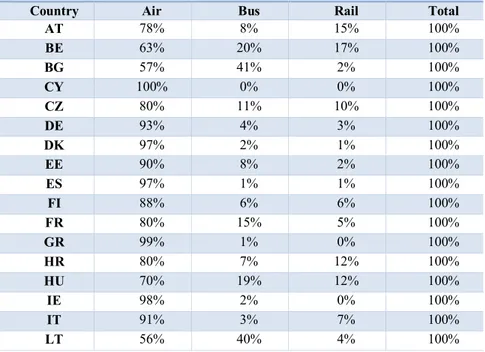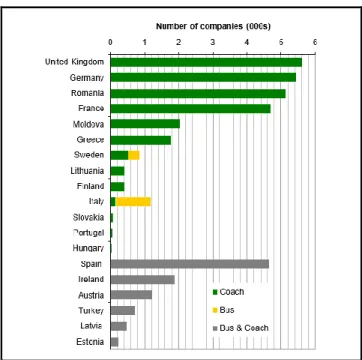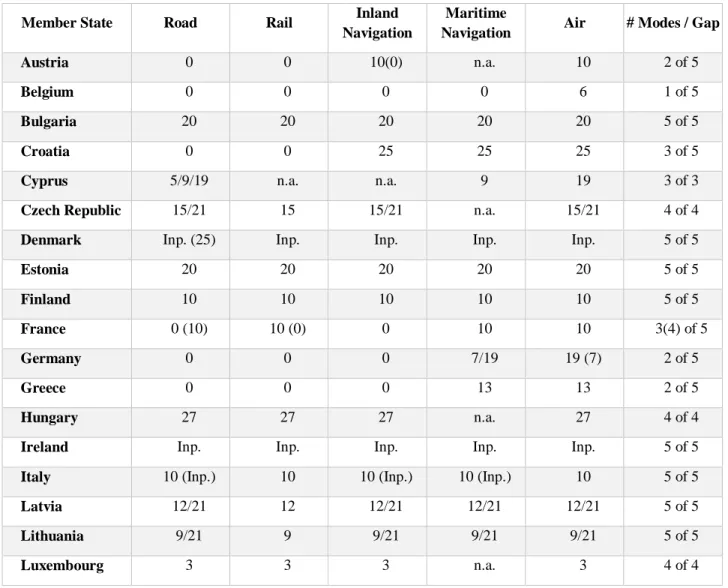Study on the economic effects of the current VAT rules for passenger transport Final Report
Volltext
Abbildung
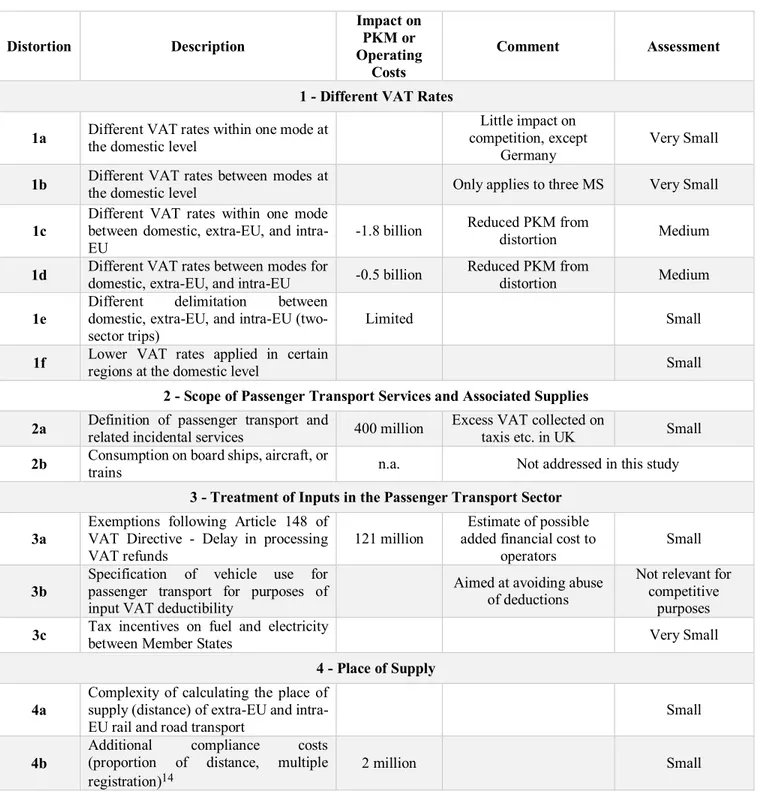
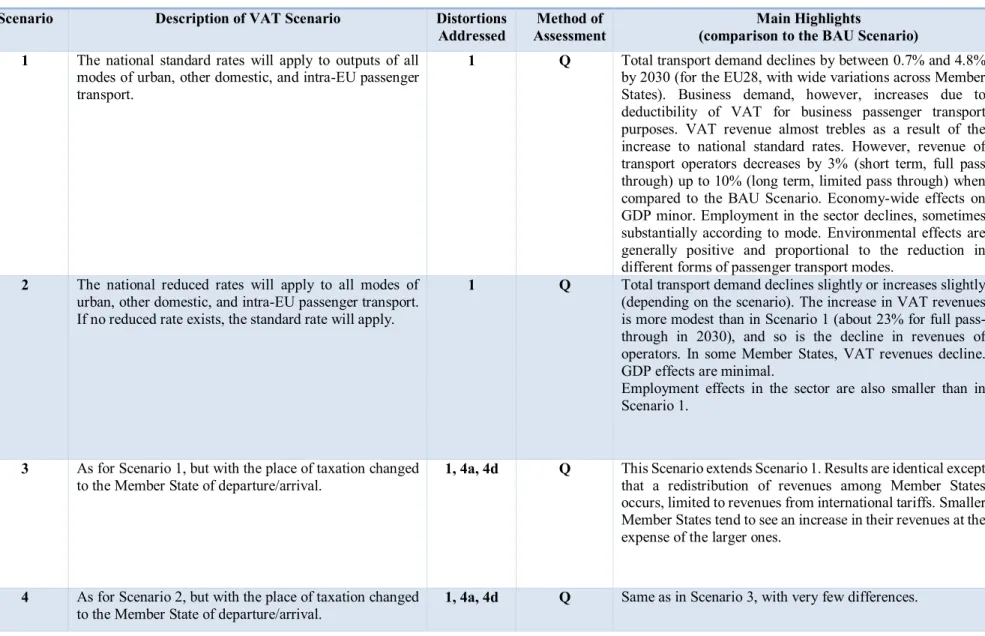

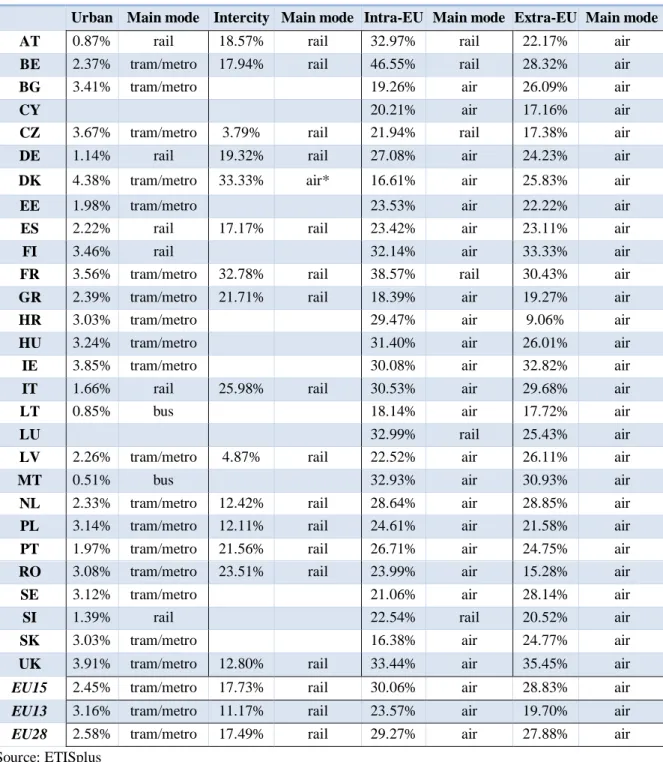
ÄHNLICHE DOKUMENTE
The observed high network density brings with it a small unweighted centraliza- tion of the service networks, which contrasts with the high weighted centralization we find: while
In section 4.3 we show that the definition of new high-level domain entities, business rules and connections that were not anticipated, can also be expressed, without having to
In the African context, a range of interventions are required to create a more enabling environment including ‘know your rights’ campaigns, documentation of and
With the life-cycle analysis methodology, the Californian high-speed rail system (CAHSR) and three commercial aircraft models were compared, using MJ/PMT (Mega Joules
In Section 2.4 the infrastructure and rolling stock costs are simulated under several assumptions on demand, train capacity, speed and line length, simultaneously considering
The contribution of BS to the absolute change in total value added was much smaller than its contribution than in terms of employment growth. About one-eight of the overall EU15
They are defined as “net economic effects (e.g. on employment, incomes, government finances etc.) resulting from the contribution of air transport to tourism and trade
Moving to the asymmetric specification, it was found that the contribution of oil prices increases on manufacturing variation is greater than oil prices decreases Regarding

